
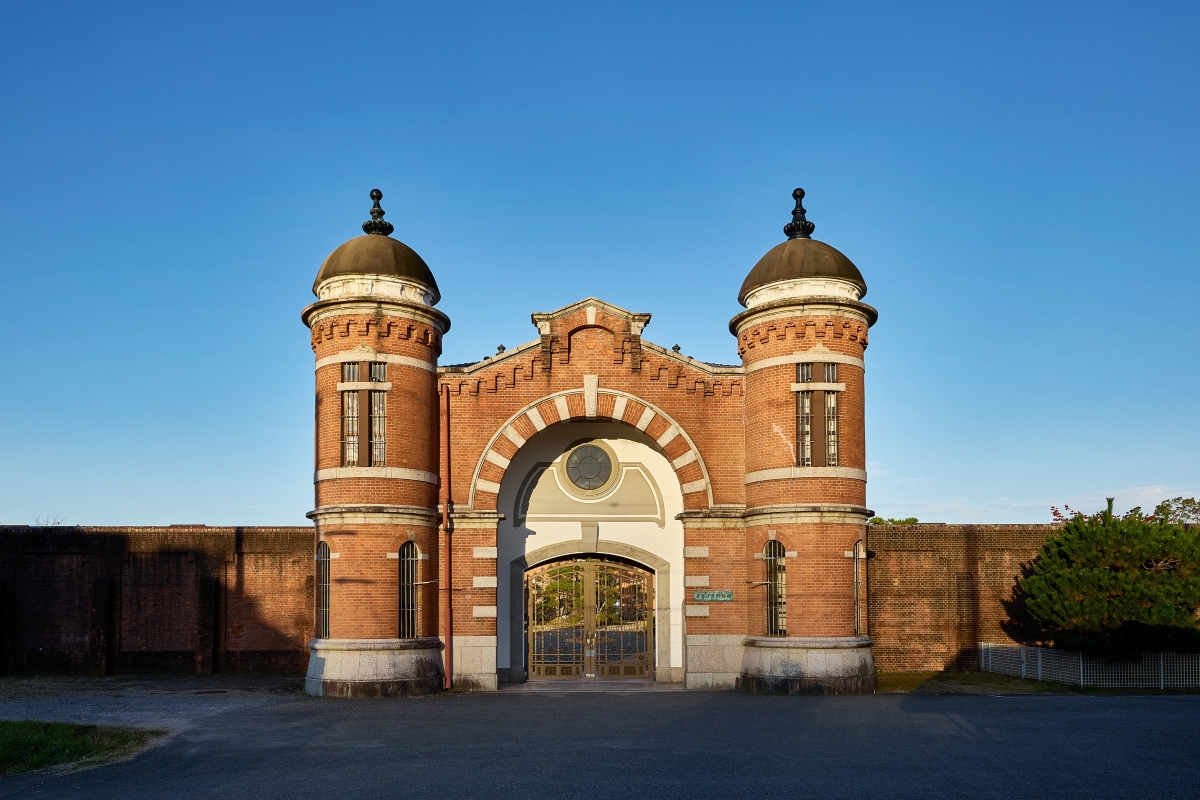 Hoshino Resorts is set to open the Nara Prison Museum in Nara City on April 27, 2026. This museum is part of a major initiative to preserve and utilize the former Nara Prison, a National Important Cultural Property and the only remaining example of the five major prisons built by the Meiji government. The project aims to safeguard this architectural masterpiece and pass its historical significance to future generations. Operating under the concept, "An Eternal Question Posed by an Iconic Prison," the museum is designed to be a unique facility that prompts visitors toward self-reflection and consideration of their own lives.
Hoshino Resorts is set to open the Nara Prison Museum in Nara City on April 27, 2026. This museum is part of a major initiative to preserve and utilize the former Nara Prison, a National Important Cultural Property and the only remaining example of the five major prisons built by the Meiji government. The project aims to safeguard this architectural masterpiece and pass its historical significance to future generations. Operating under the concept, "An Eternal Question Posed by an Iconic Prison," the museum is designed to be a unique facility that prompts visitors toward self-reflection and consideration of their own lives.
*The "Five Major Meiji Prisons" refers to five prisons (Nara, Nagasaki, Kanazawa, Chiba, and Kagoshima) completed during the Meiji period.
About the Former Nara Prison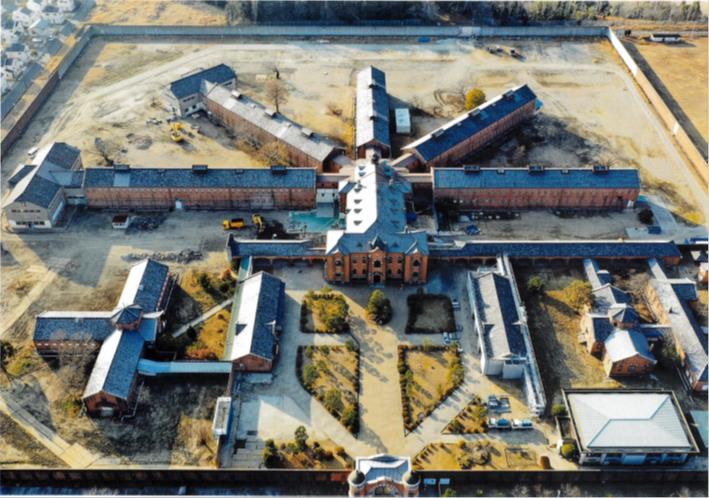 Aerial photo from 2019 ©Nara Prison Museum
Aerial photo from 2019 ©Nara Prison Museum
The former Nara Prison was built in 1908 as part of a major national project to modernize Japan. It was designed by Keijiro Yamashita, an architect involved in the construction of numerous courts and prisons. In 1946, it was renamed the "Nara Juvenile Prison," where it contributed significantly as a correctional facility focused on rehabilitation and educational reform. In 2017, its historical significance and architectural design were recognized by the government and the facility was designated a National Important Cultural Property.
Business Development on the Premises
The grounds of the former Nara Prison will house both the Nara Prison Museum and an attached hotel, HOSHINOYA Nara Prison. The museum is divided into two main areas: the "Preservation Area," which includes the original third dormitory and guardhouse, and the "Exhibition Area," which features three exhibition wings, a cafe, and a gift shop.
The Concept: "An Eternal Question Posed by an Iconic Prison"
The museum is driven by the core concept, "An Eternal Question Posed by an Iconic Prison." Utilizing the building’s striking architecture and Meiji-era history, the museum offers a unique experience designed to encourage visitors to engage in self-reflection and contemplate the meaning of freedom within a setting historically defined by rigorous discipline.
The Beautiful and Iconic Architecture 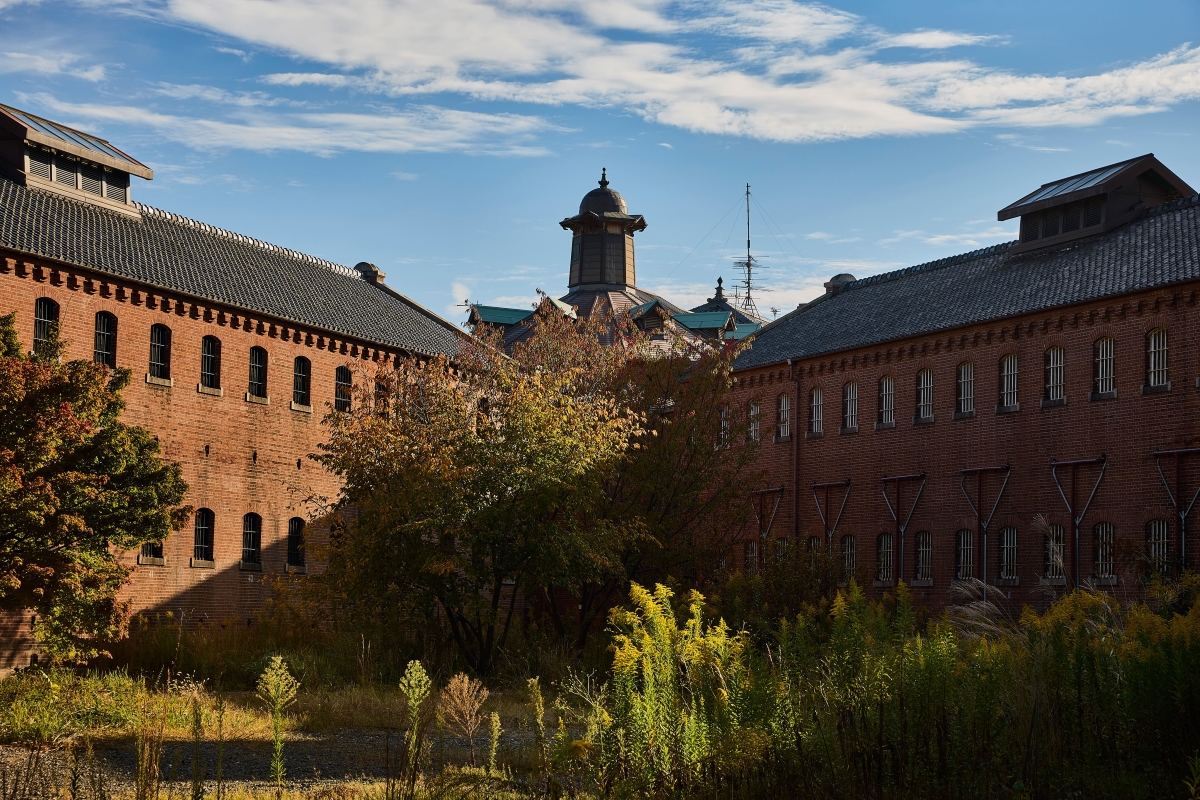
Building Exterior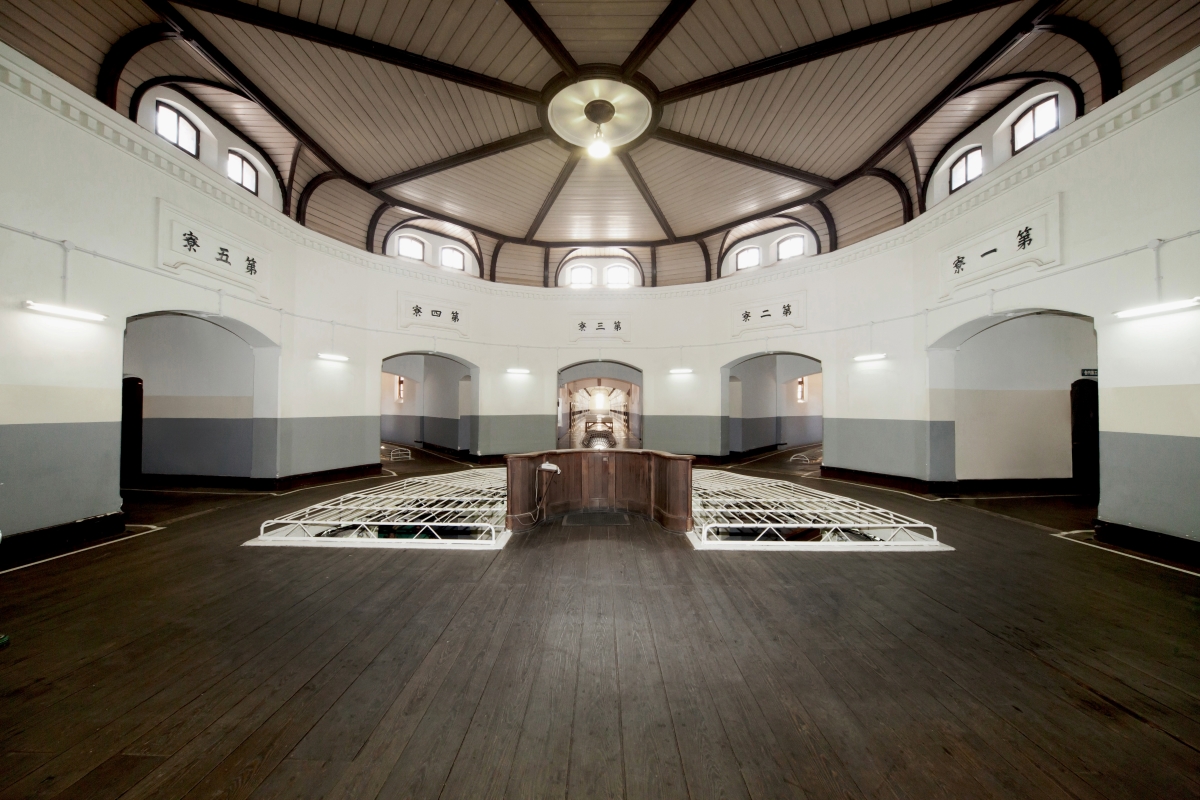 Central Detention Center
Central Detention Center
The most distinctive feature of the former Nara Prison is its unique and imposing Western-style architecture. The red bricks on the grounds were crafted by inmates as part of their prison labor alongside master artisans. Inside, the spaces are filled with natural light from the high ceilings, reflecting a design that was mindful of human rights. Visitors can appreciate the beauty of the building while feeling the history etched into its very fabric.
Supervised and Art-Directed by World-Renowned Creators
For this first museum project, Hoshino Resorts collaborated with internationally recognized creators to deeply explore the theme of imprisonment. By blending Hoshino Resorts' mission of "making travel more fun" with the specialized expertise of these creators, they are developing a one-of-a-kind museum that effectively conveys the essential historical and architectural value of the former prison.
Art Director: Taku Satoh (TSDO)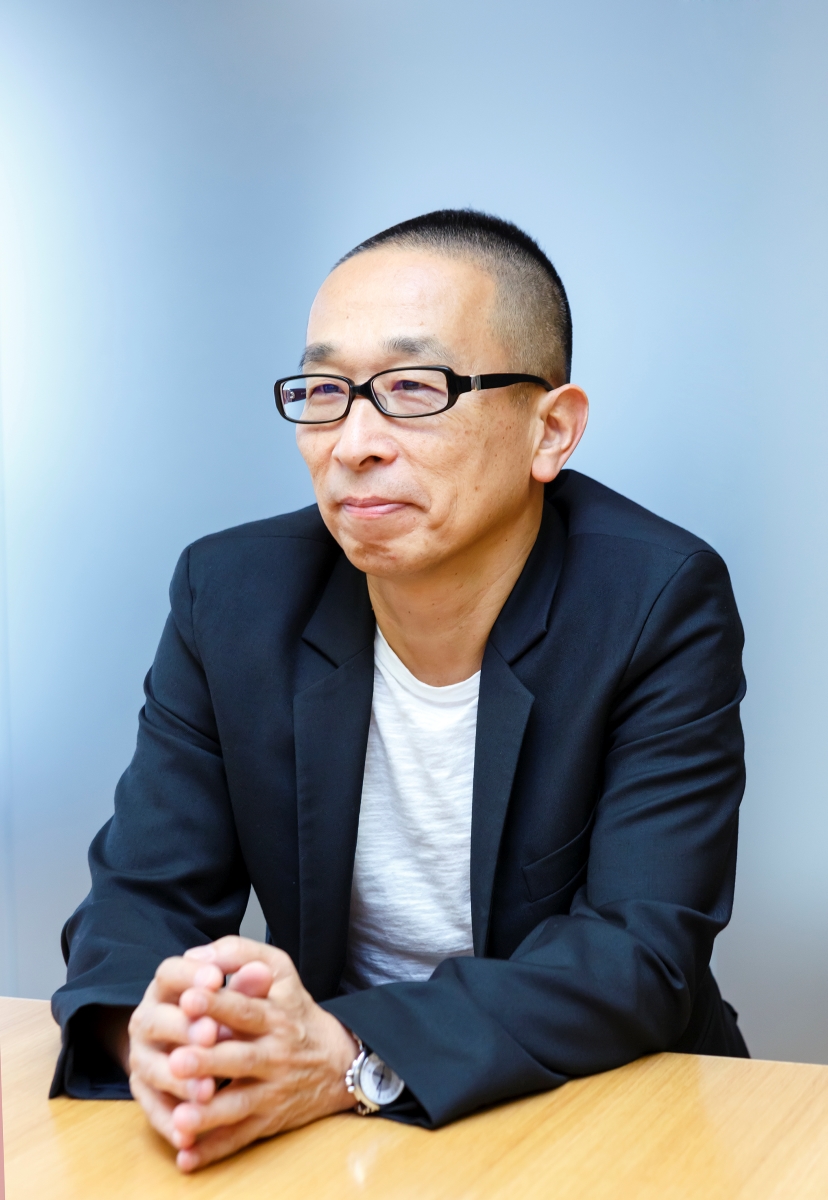
A graduate of Tokyo University of the Arts, Taku Satoh is a celebrated designer known for his packaging for products such as Lotte Xylitol Gum and Meiji Oishii Gyunyu milk. His work spans graphic design, branding, and corporate identity. He serves as the general director for the NHK E-TV program Design Ah and Design Ah Neo, and is the director and president of 21_21 DESIGN SIGHT, where he has curated numerous exhibitions. He is currently the president of Kyoto University of the Arts and has received prestigious honors including the Mainichi Design Award, the Minister of Education Award for Fine Arts, and the Medal of Honor with Purple Ribbon.
 Nara Prison Museum - Symbol Mark
Nara Prison Museum - Symbol Mark
Message from Taku Satoh:
"I was immediately drawn to the fascinating idea of transforming the Nara Prison, a valuable and beautiful piece of architecture, into a museum. I’ve incorporated the analytical design approach I’ve used for many years and have spent a lot of time refining the content. Contemplating crime and punishment inevitably leads to a deeper exploration of what freedom means, and we have approached this from many different angles. Through this project, I also came to understand that modern prisons are continuously seeking their ideal form. I hope our exhibition will pose various questions to all who visit."
Adrien Gardère has designed permanent exhibitions for more than 13 museums worldwide, including the Aga Khan Museum in Toronto (designed by Fumihiko Maki), the Louvre-Lens (designed by SANAA), and the Royal Academy of Arts in London (designed by David Chipperfield). © yuz museum shanghai_estate Giacometti - Photo by Tony Wu
© yuz museum shanghai_estate Giacometti - Photo by Tony Wu
Message from Adrien Gardère:
"Studio Adrien Gardère brought its full expertise to weaving together the museum’s storytelling, visitor journey, and cultural strategy, transforming this unique heritage building into Nara Prison Museum. SAG built on Nara Prison as a gateway to universal themes: its iconic panopticon architecture which spread across the world; the ordeals of body and soul inherent to the experience of imprisonment. By carefully curating the thematic sequences, SAG has created a meaningful cultural landmark, offering a unique and inspiring experience that attracts and engages visitors. We look forward to welcoming you to the Nara Prison Museum and hope you enjoy your visit."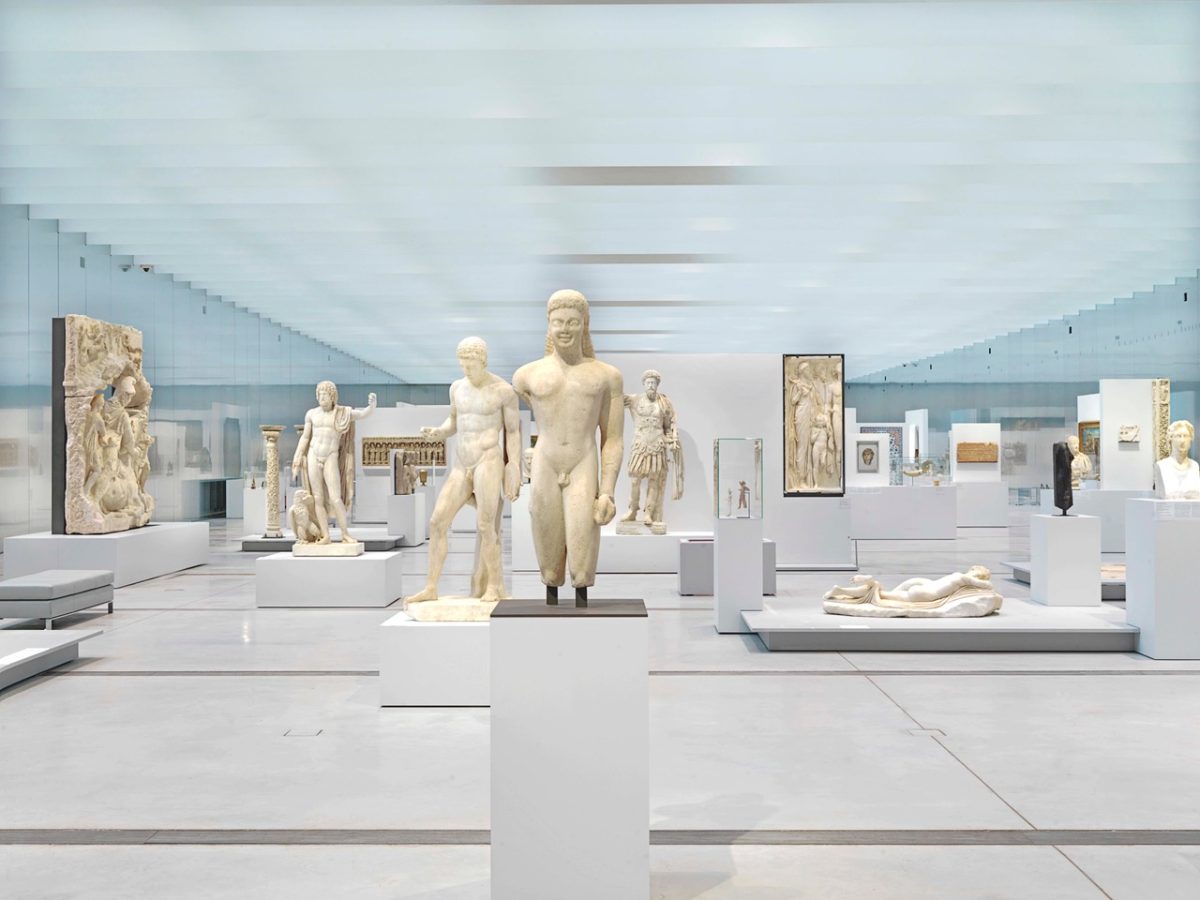 © Philippe Chancel/SANAA/Studio Adrien Gardère
© Philippe Chancel/SANAA/Studio Adrien Gardère
An Exhibition that Asks Multifaceted "Questions" Across Three Wings
The museum is configured to allow visitors to explore three themed exhibition wings, each designed to deepen the "questions" from a different perspective.
Wing A: History and Architecture 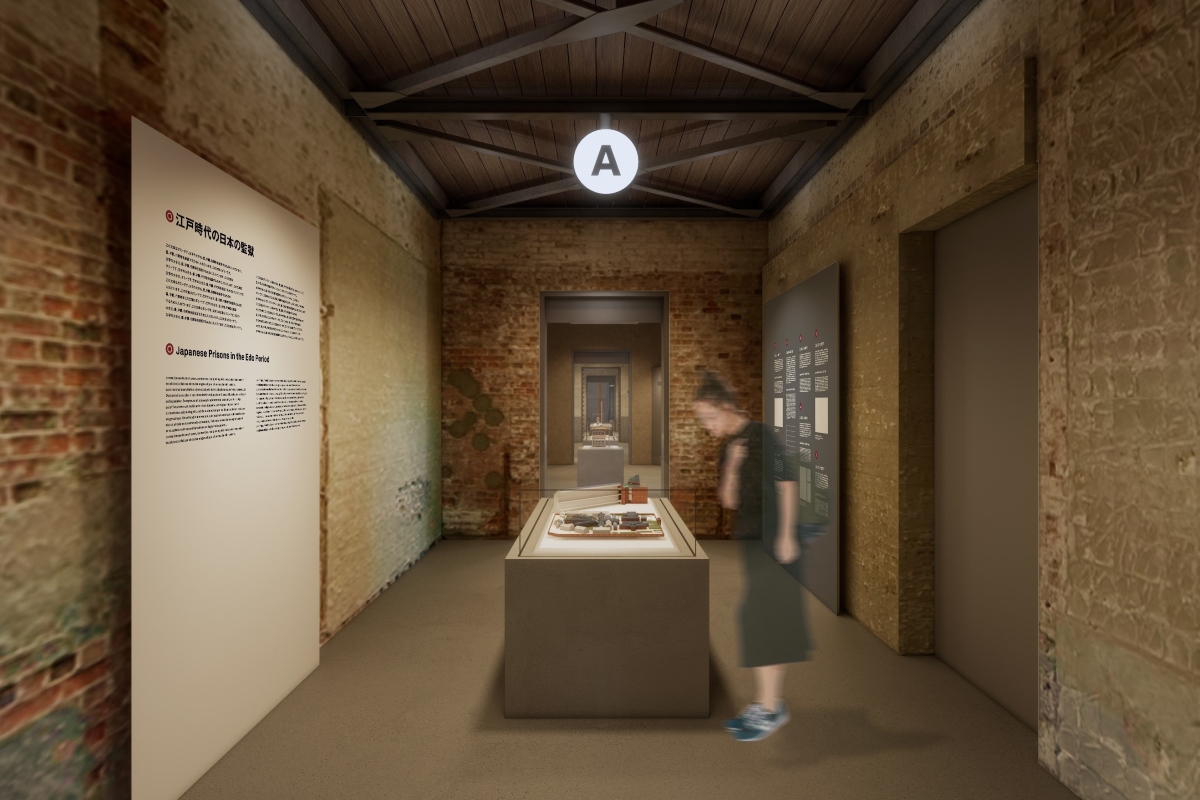 This area encourages visitors to contemplate the memories etched into the red bricks and learn about the history of Japan's correctional system and the architectural features of the Nara Prison.
This area encourages visitors to contemplate the memories etched into the red bricks and learn about the history of Japan's correctional system and the architectural features of the Nara Prison.
Wing B: Body and Mind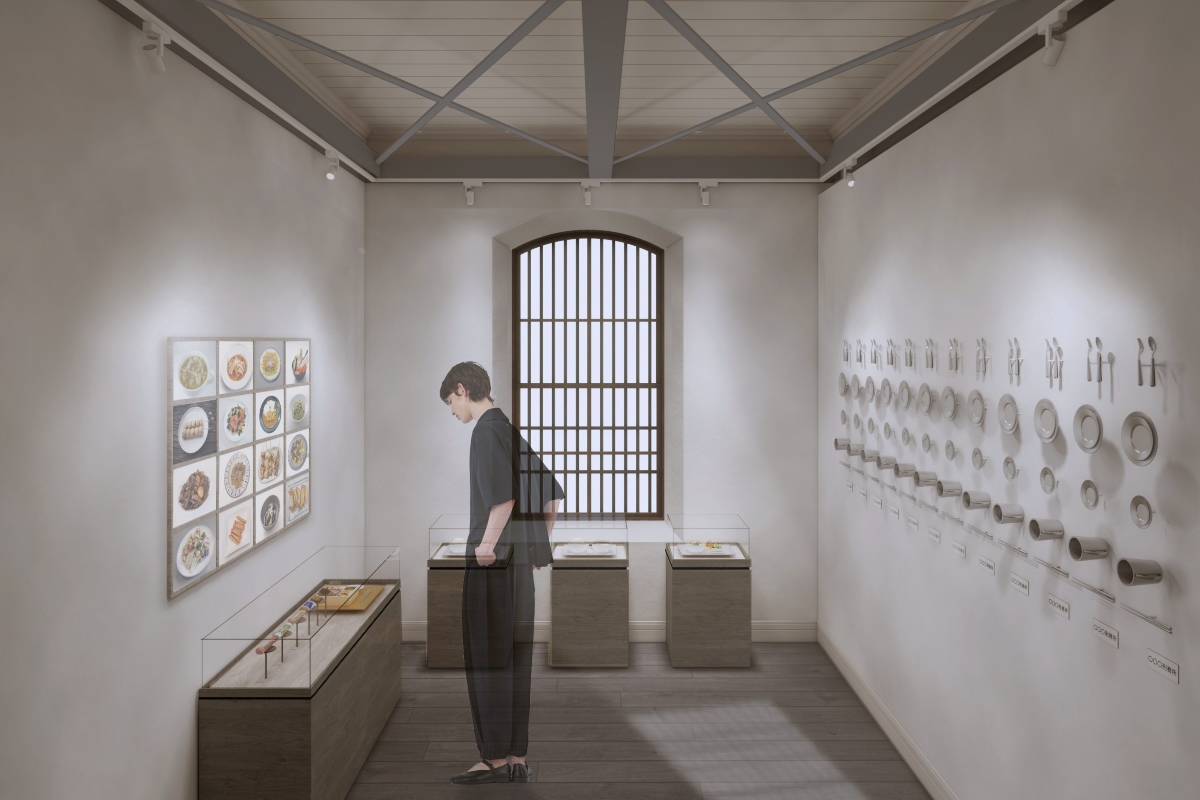
This wing introduces the life and rules of the prison from the perspective of the inmates. By learning about and imagining a life bound by discipline, visitors can objectively consider their own lives, leading to questions about their own way of being.
Wing C: Prison and Society
This area presents the "prison" from a variety of perspectives and values. At the time of opening, it is planned to feature works by artists from Japan and abroad who were inspired by the prison to create pieces reflecting their unique sensibilities.
The cafe offers unique items that reflect Meiji-era Western food culture, including original curry bread and cheesecake, as well as local soda. The shop features original goods and a gallery-style area selling products made by inmates from prisons across Japan.
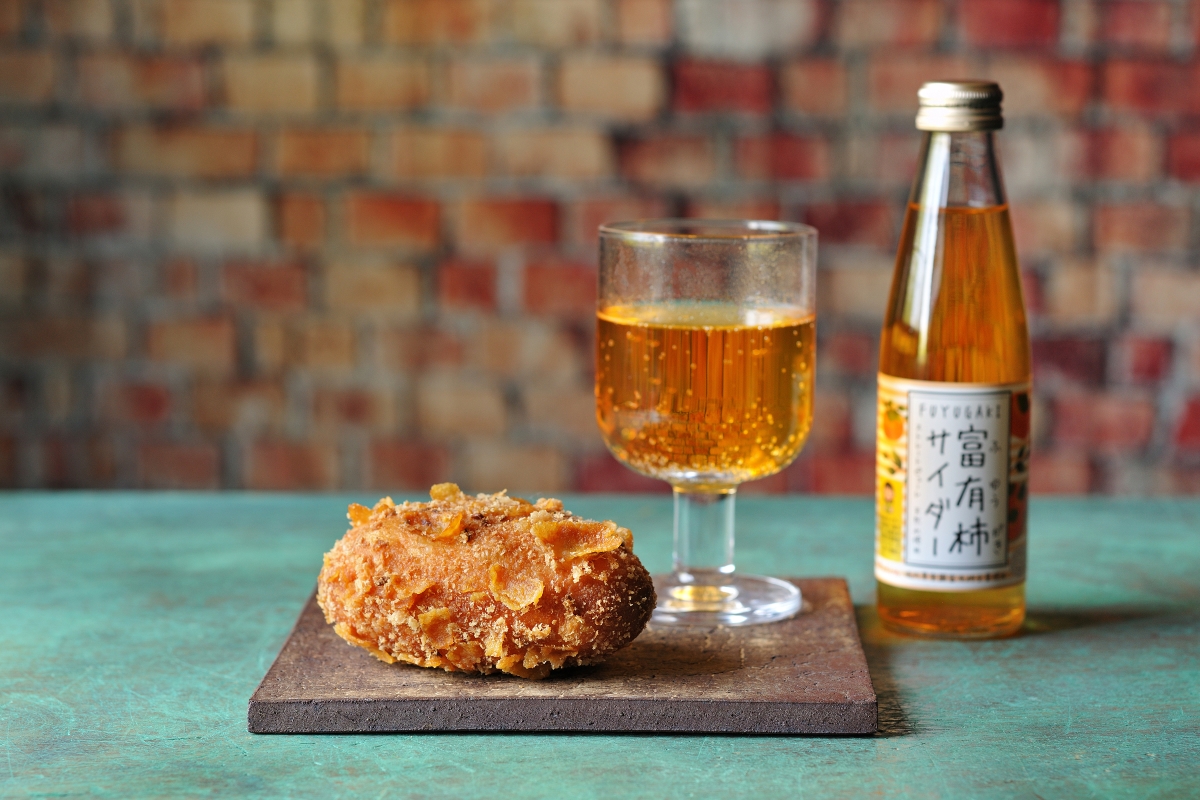 Original curry bread and local soda
Original curry bread and local soda Original Goods ©Nara Prison Museum
Original Goods ©Nara Prison Museum
Agreement Between Hoshino Resorts and Nara Prison Preservation and Utilization Inc.
In December 2017, Nara Prison Preservation and Utilization Inc. signed a public facility operation agreement with the Ministry of Justice to oversee seismic retrofitting of the former Nara Prison's red brick buildings and to prepare for the opening of the museum and hotel. The luxury hotel, HOSHINOYA Nara Prison, is scheduled to open in 2026.
History of the Former Nara Prison
1908: Nara Prison completed
1922: Renamed "Nara Prison"
1946: Renamed "Nara Juvenile Prison"
1991: First "Nara Correctional Exhibition" held, followed by regular events
2008: Celebrates its 100th anniversary
2017: Designated a National Important Cultural Property and closed on March 31
About the Architect, Keijiro Yamashita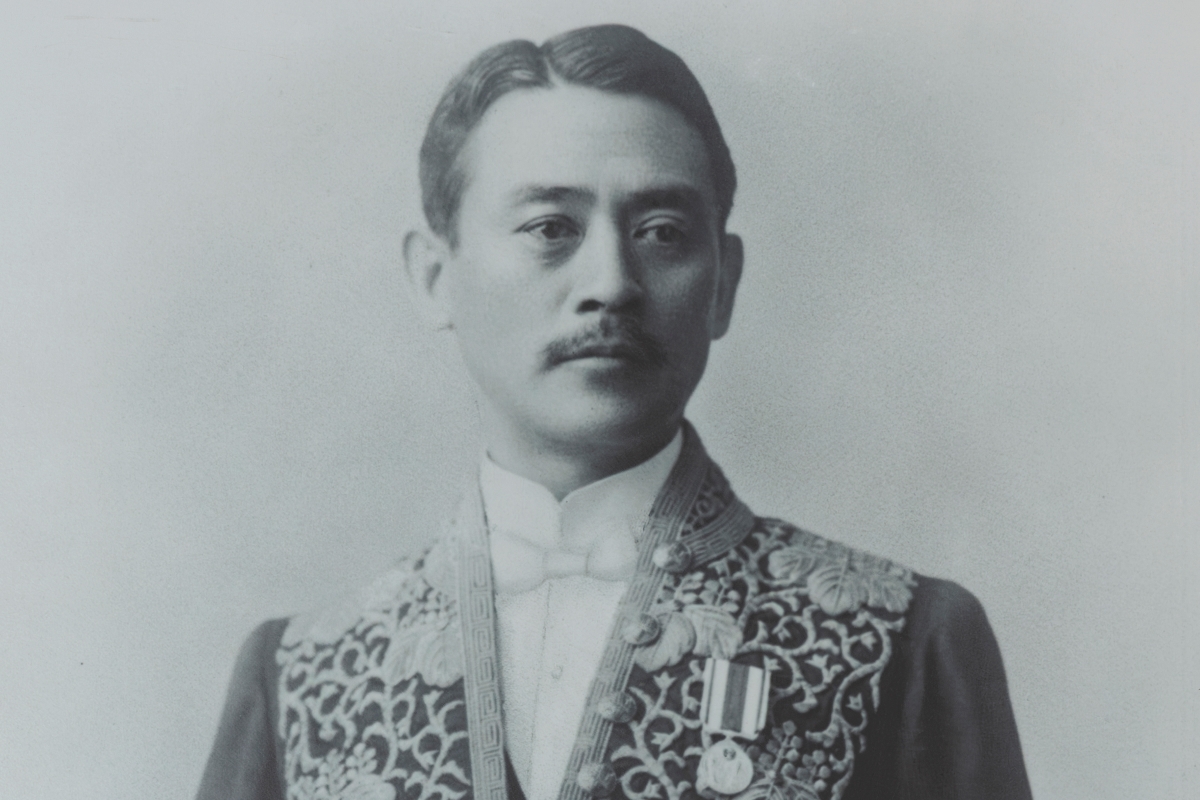
Born in 1868, architect Yamashita joined the Ministry of Justice in 1897 after graduating from the Imperial University and contributing to Sugamo Prison. To inform his designs, he researched approximately 30 prisons across eight countries abroad. He then utilized this specialized knowledge to design the Five Major Meiji Prisons. Yamashita served as the head of the Ministry of Justice's building department from the prison design phase until his retirement in 1928, establishing his leadership in judicial architecture.
Facility Details
Name: Nara Prison Museum
Location: 18 Hannyaji-cho, Nara City, Nara
Hours: 9:00 am to 5:00 pm (Last entry at 4:00 pm)
Closed: None (may close for maintenance)
Admission: From 2,500 JPY for adults
Amenities: Cafe & Shop
Access: Approximately 13 minutes by bus from Kintetsu Nara Station, followed by a 5-minute walk from the Hannyaji bus stop.
URL: https://hoshinoresorts.com/nara-prison-museum/en
Opening Date: April 27, 2026
Ticket Sales Start: Scheduled for February 2026
Project Overview - Nara Prison Museum (Preservation and Exhibition Areas)
Building Area: 1,860 square meters
Total Floor Area: 2,463 square meters
Site Area: 100,478.80 square meters (including HOSHINOYA Nara Prison)
Seismic Retrofit Technical Supervision: Association for the Preservation of Cultural Assets
Seismic Retrofit Design/Construction Supervision (General): Yasui Architects & Engineers, Inc.
Seismic Retrofit Design/Construction Supervision (Reinforcement): Iijima Architectural Office
Landscape Design: Onsite Design Planning Office
Seismic Retrofit Construction Contractor: Toda Corporation (Osaka Branch)
Interior and Exhibit Design/Construction: Nomura Co., Ltd.